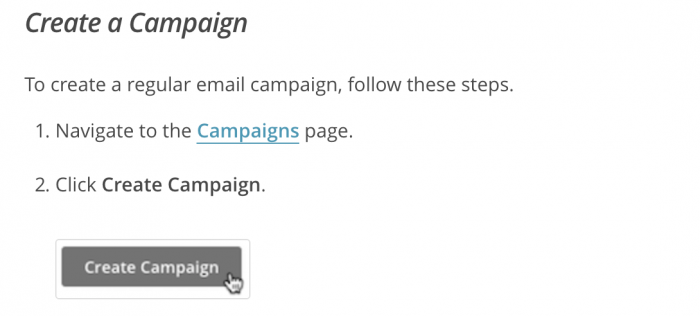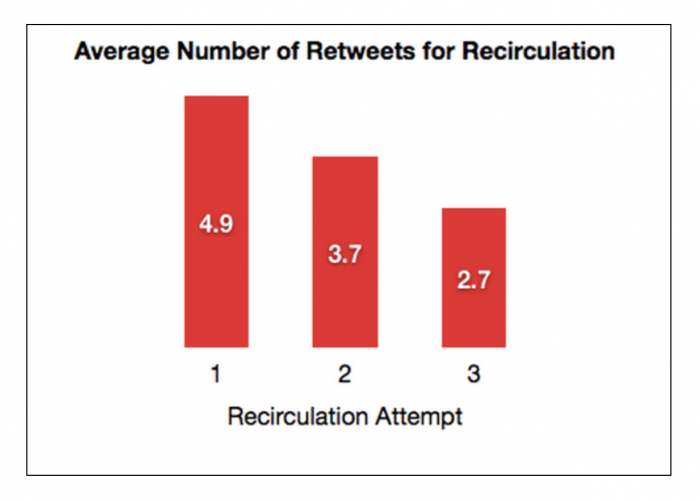For many people, repurposing old content is something that is not often given enough priority when it comes to working on their online site and brand. In fact, some people think of it as a second-rate solution to being able to create new content.
The truth however, is that repurposing old writing is a necessary and important part of your content marketing strategy, and when done right, can pay big dividends to the desired action of your site.
Nat Eliason, the founder of Growth Machine, proved this in a case study focusing on improving old content for clients instead of simply creating new.
The goal was to get the content to the first page of Google, and in about three months, the team was able to increase the client’s organic traffic by 139%. A second client came in at a 91% increase, and a third had an uplift from 1.3 million to 2.75 million visitors. Sounds good right?
That’s because it is. And with some committed time put into your own content, you can see increases yourself, by simply following some strategic repurposing tactics.
1) Make It Offer Value
When someone visits your site, you want them to stay because the content you are creating is valuable to them. This starts back at having a target audience who you have gotten to know and who you are now selectively crafting content for, knowing what they want. For every piece of content you create, ask yourself, “can someone act on this and use this information in a valuable way, immediately after reading?”
If the answer is no, or if you feel the motive to act could be stronger, consider repurposing your content in some of the following ways:
Add Charts, Graphs, and Visual Enhancements
A long form block of text is an immediate turn-off to many people, and they will likely skim at best, if not giving up and leaving your site altogether. Breaking the content up with visual enhancements is beneficial to your readers in terms of their attention span, but also offers added value: charts can present the information in a new way, graphs can allow for comparison, and collectively, the visual elements can make the content more memorable and make the reader more inclined to come back to it.
Tie It to an Email Campaign
If you created content that you felt was particularly valuable, but didn’t get the engagement you hoped, tie it to an email campaign and get it in the eyes of your readers. Summarize the content in an email, using a catchy subject line and then link to the post from the email.
Add Authority
Whether it was because you were new to the craft of content creation, or you have simply greatly increased your expertise, there is always ways to add more authority to posts. Add in links, backing up what you are saying; reference scientific studies or case studies to show that you have done your research. Reach out to influencers and ask for quotes or insight that you can add into the post, to show that you are “in the know” and that you network with other authoritative figures in your industry.
Create a Worksheet
Sometimes the value-added portion for your readers isn’t as easy for them to apply as you might think. Be bold and blatant, telling them how much value there is and that you want them to be able to take advantage. To help them out, create a worksheet or workbook they can use to gain maximum value from the content.
Send It to Social Media
If you have a lot of content that you published before you were as savvy on savvy on social media as you are now, you may not have even shared that content on Facebook or Twitter in the first place. Old blog posts for example, can be repurposed into new posts for your Facebook page, by offering a synopsis of the post on your account and then linking readers to your blog. Similarly, integrate your content into a strategy for Twitter and create a series of tweets driving traffic to your old posts.
2) Keep It Up-to-Date
There is new information released regularly which seeks to offer insight into the best and most effective ways to get readers to read your content! Whether it is showing the preferred type of medium, the desired length of articles, or the best way to encourage sharing, paying attention to these allows you to keep your site at the top of its game when it comes to being found in searches.
One of the most important reasons to tackle repurposing your content and to help you decide what content needs to be prioritized for repurposing, is to keep your content up-to-date. This can be necessary for two reasons:
a) The information you are offering is out-of-date
For example, if you write content in the health and wellness field, and there has been a new study which alters the validity of a blog post you published, or adds new, pertinent information, this content may be out-of-date, needing to be repurposed or rewritten in a way that reflects the new data.
b) The methods of writing or formatting no longer meet the best recommendations for optimized SEO and traffic generation
We all know that the algorithms of social media channels change frequently, and that there is constantly new data showing how best to get your content in front of your audience. If you don’t repurpose your content to reflect these, it will simply get lost and no longer be viewed.
Ultimately up-to-date information is key to having visitors come to your site at all – nobody wants to read outdated, inaccurate content when they can easily find a better, newer version elsewhere.
3) Appeal to a Different Audience
Not everyone retains information best through reading long-form content. Not everyone wants to watch a video or sort through the combination of images and text on an infographic. And the fact that not one type of media or content presentation appeals to all audiences means that if you want to reach the maximum number of people, you need to figure out how to appeal to the maximum number of people. In many cases, this essentially means offering your content in different formats, and this presents an ideal opportunity to make the most of your content and repurpose it in a new way.
Create a Video
For visual learners, blog posts and words just aren’t the best way they learn. Reach more of your potential audience by taking some of your blog posts and turning them into videos. This is a great way to repurpose posts that are a how-to style, or ones that are popular and receive a lot of views. It is also a great opportunity to delve into a complicated topic, which some readers may not understand through words, but when explained differently through video, suddenly becomes valuable to them.
Make an infographic
Combine words and graphics, and create an infographic! Robert Baldwin the Vice President of Marketing at TABS Analytics is a big fan of infographics, making them an “integral part of [their] content strategy” because they “tell a story” and are “campaignable.”
Create a Blog Post
While most of us think of repurposing with a blog post as the starting point, what if you simply created a graphic the first time around, or originally recorded a video? Now you can create a blog post from this content. The written word is not dead, and if your video was on quality ever-green content, or is a video that has received a lot of views, it is beneficial to create a blog post from it as well. You can opt to do this as simply a written version of what is in the video, or more as a complementary resource to the video content.
At the end of the day, it is important to remember that when it comes to a content marketing strategy, as Quentin Aisbitt says, “writing your content is only a fraction of the job.”
The digital marketing strategist at OnQ Marketing, Aisbitt emphasizes the need to repurpose your content as an equally important part of creating it. He suggests repurposing it on sites like LinkedIn and Medium, and reaching out to influencers in your niche who may be interested in sharing it or integrating the information into their own content.
Still not sold? Think of it this way: if you are repurposing, at least you don’t have to go through the agony and struggle of coming up with a new topic. And arguably the latter is far worse!
Find a Home-Based Business to Start-Up >>> Hundreds of Business Listings.



















































